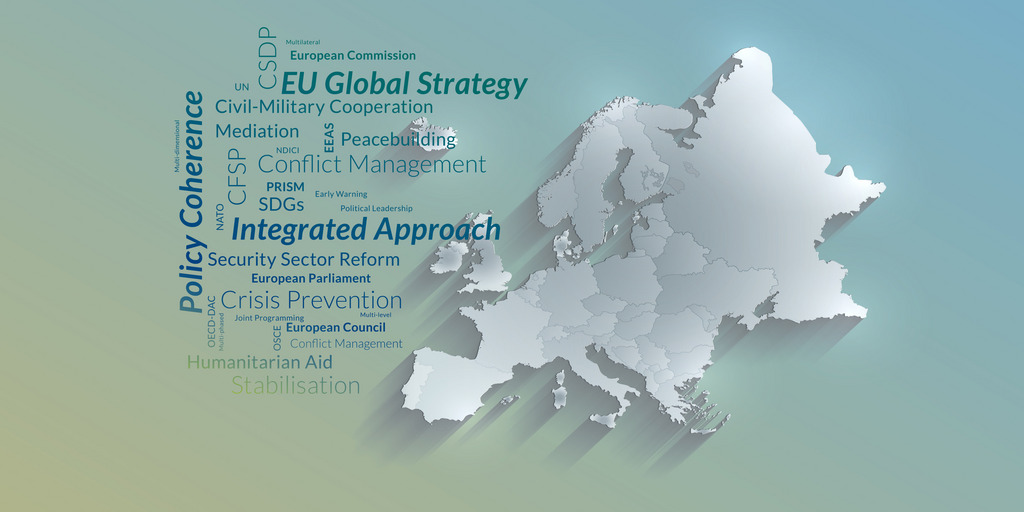Wars of secession and civil wars between ethnic or religious groups, precarious statehood or oppression of the population by repressive regimes have triggered and continue to trigger crises and conflicts. Their effects endanger the security and political stability of the EU itself. The attacks by Islamist terrorists in Brussels, Paris and Berlin underline this, as does, for example, the great flight to Europe triggered by the ongoing war in Syria in 2015.
Since 1996, in response to these developments, the EU has sought to improve its ability in external crisis prevention, conflict management and post-conflict peacebuilding not least through civil and/or military CSDP missions. The EU hoped for better outcomes above all through new approaches, which should lead to more political coherence and - according to expectations - thus to greater impact in terms of prevention and conflict transformation such as peaceful stabilisation and resilience. What these approaches have in common is that they should use the instruments available to foreign, development and security policy not separately, but in a networked and coordinated manner.
Based on insight, that there is a direct link – or as it was called nexus - between security and development, so that both cannot develop without the other, external crisis and conflict management was based on a new footing. This policy change can also be traced back to the fact that conflicts did not show themselves to be one-dimensional, but rather rooted in an entire bundle of causes and therefore made it necessary to use a variety of very different instruments that were and are not in one hand but in the hands of different government units. It also became apparent that the chances of successful conflict transformation could only be maintained if stabilization measures addressed not only state actors but non-state actors and civil society alike.
The EU initially introduced its own new coherence policy to overcome institutional fragmentation under the term “comprehensive approach” and subsequently developed it further into an “integrated approach”, as introduced with the EU Global Strategy of 2016. Over two decades, policy documents have highlighted the EU´s commitment to work for peace globally and take its share of responsibility.






![[Translate to English:] Ein Mann läuft durch eine komplett zerstörte Straße](/fileadmin/files/_processed_/d/e/csm_91467146816969008478_36ccc11324_o_8477bfdb23.jpg)
![[Translate to English:] Podiumsteilnehmer der Veranstaltung](/fileadmin/files/_processed_/b/7/csm_265577077ENP_east_south-7255_367da3b997.jpg)


